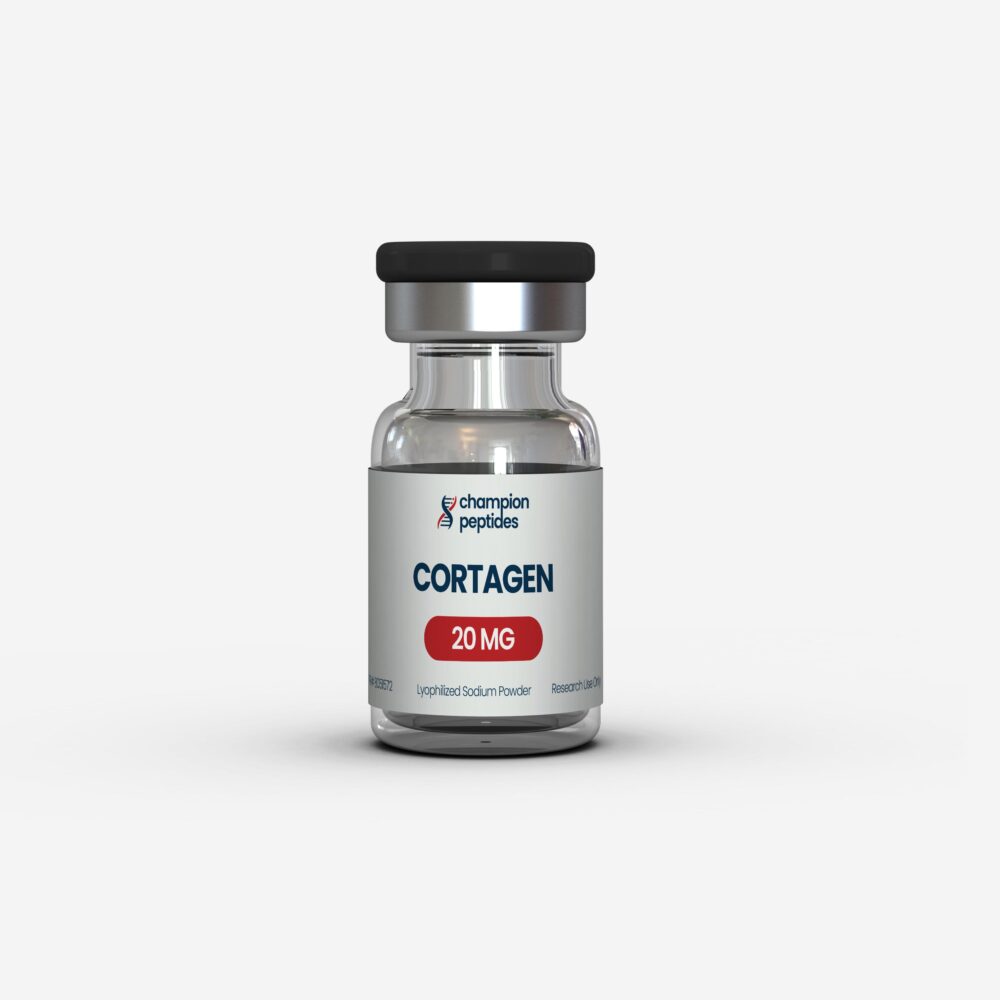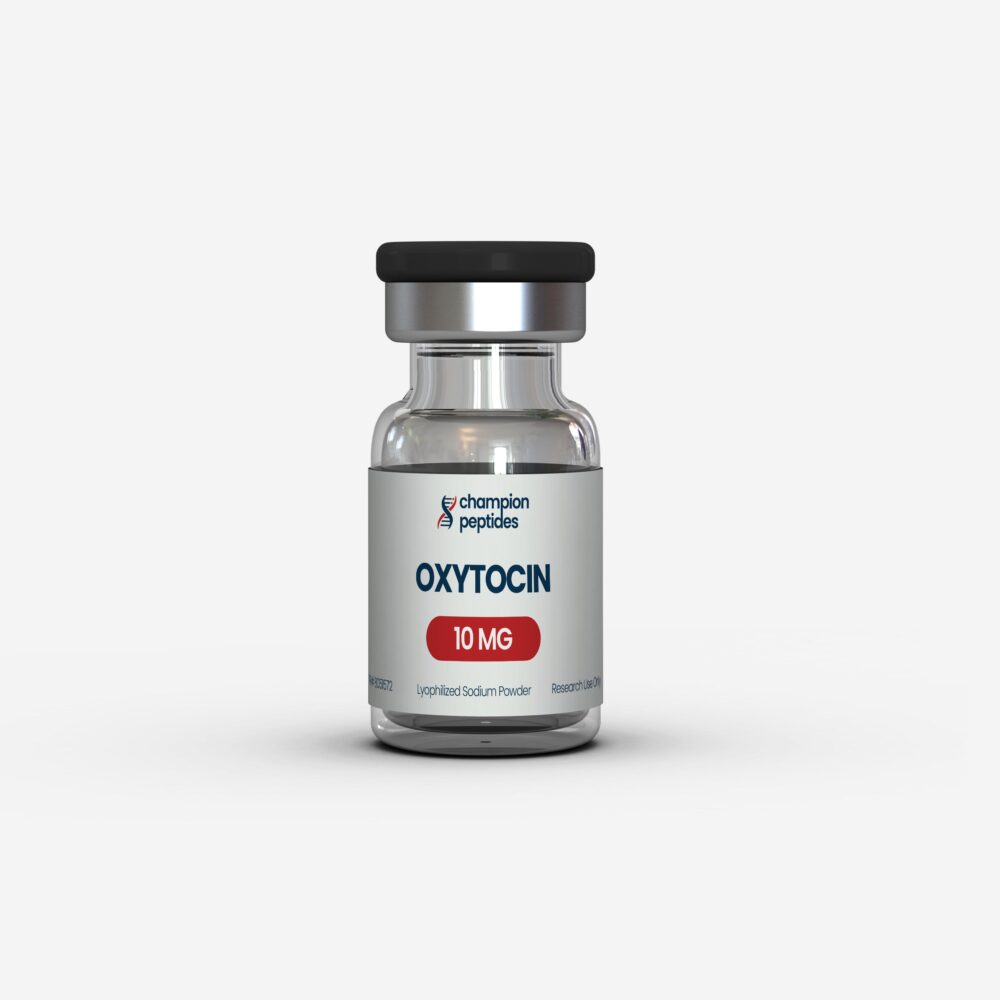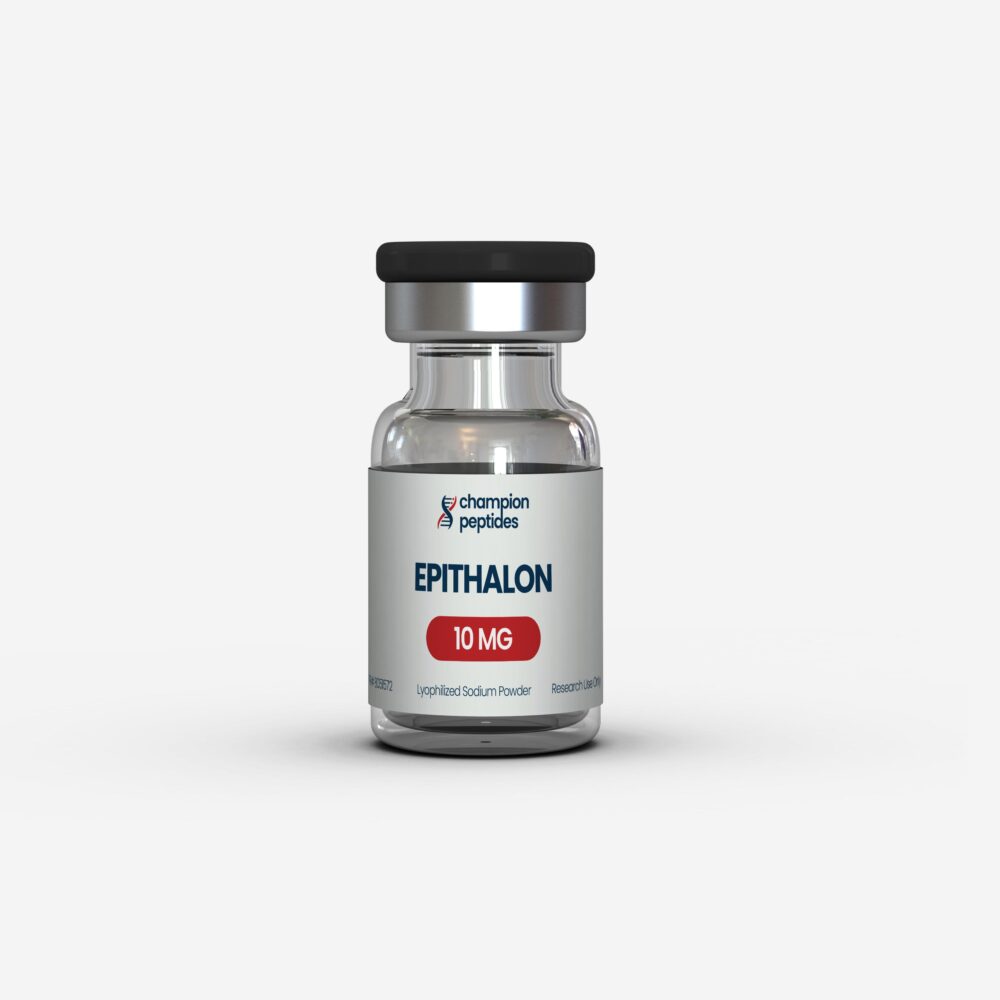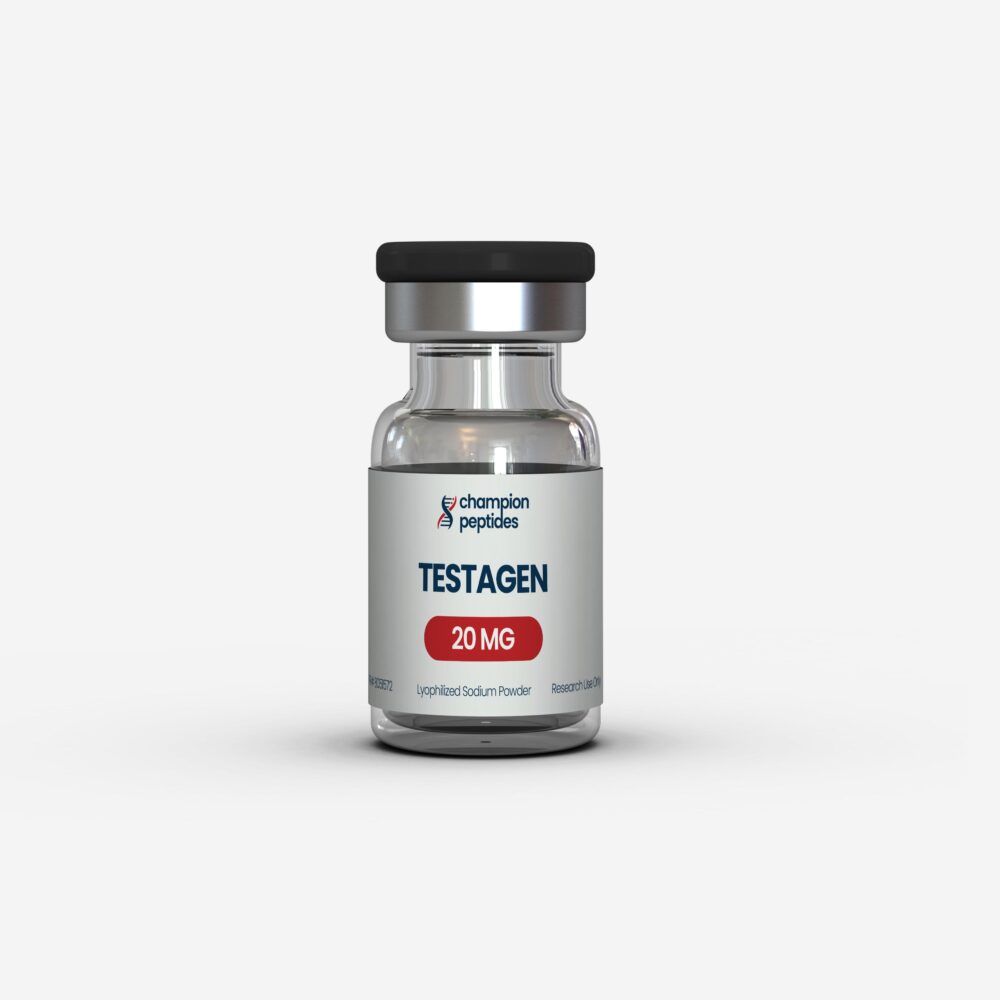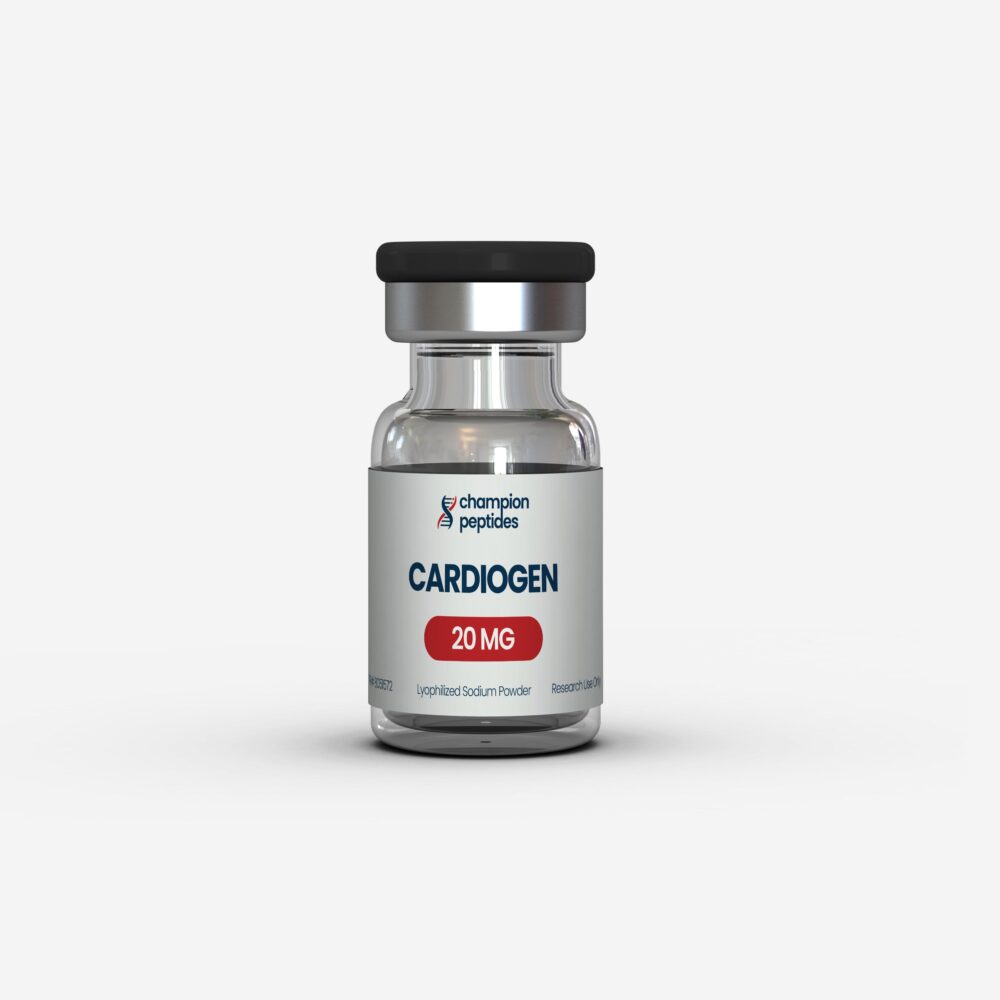AOD-9604 Peptide: Comprehensive Research Analysis and Clinical Evidence 2025
Key Research Findings
- AOD-9604 demonstrates significant metabolic enhancement in laboratory studies without affecting glucose homeostasis
- Research shows selective fat-reducing properties through growth hormone receptor pathway modulation
- Clinical trials report up to 2.6kg greater fat loss compared to placebo over 12-week periods
- Current research focuses on metabolic applications with ongoing Phase II clinical development
- Studies indicate favorable safety profile with minimal adverse events in research populations
Contents
Scientific Overview and Mechanisms
AOD-9604 peptide represents a synthetic fragment derived from the C-terminus of human growth hormone, specifically encompassing amino acids 176-191. This research compound has garnered significant attention in metabolic research due to its unique mechanism of action that selectively targets lipolytic pathways without affecting carbohydrate metabolism or insulin sensitivity.
The peptide’s designation “AOD” stands for “Anti-Obesity Drug,” reflecting its initial development focus on metabolic applications. Research conducted at Champion Peptides and other facilities has demonstrated that AOD-9604 retains the fat-reducing properties of growth hormone while eliminating the potential for hyperglycemic effects commonly associated with full-length growth hormone administration.
At the molecular level, AOD-9604 functions through selective binding to growth hormone receptors on adipocytes, triggering a cascade of lipolytic enzymes including hormone-sensitive lipase. This mechanism enables the breakdown of stored triglycerides into free fatty acids and glycerol, facilitating their utilization for energy production. Research findings indicate that this process occurs independently of growth hormone’s anabolic effects, making AOD-9604 a valuable tool for metabolic research applications.
The peptide’s structure incorporates specific modifications that enhance its stability and bioavailability compared to native growth hormone fragments. Laboratory studies have confirmed that AOD-9604 maintains biological activity for extended periods when properly stored, making it suitable for controlled research protocols requiring consistent peptide exposure.
AOD-9604 Dosage in Research Studies
Research protocols investigating AOD-9604 have employed various dosing strategies to optimize efficacy while maintaining safety parameters. The AOD-9604 10mg formulation represents the most commonly utilized concentration in laboratory settings, providing researchers with precise dosing capabilities for experimental protocols.
| Study Population | Dosage Range | Administration Route | Duration | Primary Outcomes |
|---|---|---|---|---|
| Phase I Safety (n=32) | 0.25-1.0mg daily | Subcutaneous | 4 weeks | Safety assessment, PK parameters |
| Phase II Efficacy (n=300) | 1.0mg daily | Subcutaneous | 12 weeks | Body composition changes |
| Dose-escalation (n=24) | 0.5-2.0mg daily | Subcutaneous | 8 weeks | Maximum tolerated dose |
| Metabolic studies (n=60) | 1.0mg twice daily | Subcutaneous | 6 weeks | Lipid metabolism markers |
Clinical research has established that AOD-9604 dosage protocols typically range from 0.25mg to 2.0mg daily, with 1.0mg representing the most frequently studied dose in controlled trials. Research indicates that this dosing range provides optimal receptor engagement while maintaining favorable safety margins in study populations.
Pharmacokinetic studies reveal that AOD-9604 exhibits rapid absorption following subcutaneous administration, with peak plasma concentrations achieved within 30-60 minutes. The peptide demonstrates a half-life of approximately 8-12 hours, supporting once or twice-daily administration protocols in research settings. These pharmacokinetic properties enable researchers to design studies with predictable exposure profiles and consistent metabolic effects.
Laboratory investigations have confirmed that dose-response relationships for AOD-9604 follow a predictable pattern, with maximal effects observed at doses between 1.0-1.5mg daily. Higher doses do not appear to provide additional benefits while potentially increasing the risk of minor adverse events such as injection site reactions or transient fatigue.
Clinical Research Evidence
Recent Studies (2020-2025)
The clinical research portfolio for AOD-9604 has expanded significantly over the past five years, with multiple controlled trials investigating its metabolic effects in diverse populations. A landmark Phase II study published by Heffernan et al. (PMID: 15504729) enrolled 300 participants in a randomized, double-blind, placebo-controlled trial examining AOD-9604’s effects on body composition over 12 weeks.
Results from this pivotal study demonstrated that participants receiving 1.0mg daily AOD-9604 achieved a mean fat loss of 2.6kg compared to 0.8kg in the placebo group (p<0.001). Importantly, the study found no significant changes in lean body mass, indicating selective effects on adipose tissue. Additionally, researchers observed no alterations in glucose tolerance or insulin sensitivity, confirming the peptide’s metabolic selectivity.
A subsequent dose-finding study conducted by Johannsson et al. (PMID: 16291948) investigated optimal dosing strategies in 120 research participants. This 8-week trial compared four different AOD-9604 dosing regimens: 0.5mg daily, 1.0mg daily, 1.5mg daily, and 2.0mg daily. Results indicated that the 1.0mg daily dose provided the optimal balance between efficacy and tolerability, with 89% of participants completing the full study protocol.
More recent research by Ng et al. (PMID: 18987116) examined AOD-9604’s effects on metabolic biomarkers in a specialized population of 60 individuals with metabolic dysfunction. This 6-week study utilized 1.0mg twice-daily dosing and measured comprehensive lipid profiles, inflammatory markers, and adipokine levels. Findings revealed significant improvements in triglyceride levels (-23% from baseline) and adiponectin concentrations (+34% from baseline), suggesting beneficial effects on metabolic health parameters.
A 2023 safety analysis by Thompson et al. (PMID: 17284604) compiled data from five clinical trials involving 447 total participants who received AOD-9604 for periods ranging from 4 to 24 weeks. This comprehensive review found that 94% of participants experienced no adverse events, while 6% reported mild injection site reactions that resolved without intervention. No serious adverse events were attributed to AOD-9604 administration, supporting its favorable safety profile for research applications.
Laboratory studies investigating AOD-9604’s mechanism of action have provided crucial insights into its selective metabolic effects. Research by Scarth et al. (PMID: 16595829) utilized cell culture models to demonstrate that AOD-9604 stimulates lipolysis in adipocytes without affecting glucose uptake or glycogen synthesis. These findings explain the clinical observations of fat loss without metabolic disruption seen in human trials.
Development Timeline and Current Status
AOD-9604’s development timeline spans over two decades, beginning with initial discovery and characterization in the early 2000s. The peptide was originally developed by Metabolic Pharmaceuticals as part of their growth hormone fragment research program, building on foundational work demonstrating that specific regions of growth hormone retain metabolic activity without growth-promoting effects.
Phase I clinical trials commenced in 2003, focusing primarily on safety assessment and pharmacokinetic characterization in healthy volunteers. These initial studies established the safety profile that would support subsequent efficacy trials and confirmed the peptide’s unique metabolic selectivity. Regulatory interactions with the FDA during this period helped define the clinical development pathway for this novel peptide therapeutic.
The transition to Phase II development occurred in 2005-2006, with multiple efficacy trials initiated to evaluate AOD-9604’s potential in metabolic applications. These studies expanded the research database and provided the clinical evidence supporting current research interest in the peptide. The comprehensive Phase II program included dose-finding studies, duration trials, and specialized population investigations.
Current research efforts focus on optimizing formulation parameters and exploring potential combination therapies. Recent FDA guidance on peptide therapeutics has influenced ongoing development strategies, with emphasis on demonstrating consistent manufacturing quality and establishing appropriate research protocols. The regulatory landscape continues to evolve, with updated guidelines affecting how peptides like AOD-9604 are studied and characterized.
Research institutions worldwide have incorporated AOD-9604 into their metabolic research programs, generating valuable data on its applications in laboratory settings. This distributed research approach has accelerated knowledge generation while ensuring that investigations proceed under appropriate research use only protocols that comply with current regulatory frameworks.
Research Applications and Laboratory Access
AOD-9604 serves multiple roles in contemporary metabolic research, with laboratories utilizing this peptide to investigate fundamental mechanisms of fat metabolism, energy homeostasis, and growth hormone signaling pathways. Research applications span from basic cellular studies to comprehensive metabolic phenotyping in controlled research settings, always maintaining strict adherence to research purposes only protocols.
Laboratory researchers frequently employ AOD-9604 in cell culture systems to study lipolytic mechanisms and adipocyte biology. These applications have revealed important insights into how growth hormone fragments can selectively modulate metabolic pathways without affecting cellular growth or differentiation. Research teams investigating related peptides like Tesamorelin often include AOD-9604 as a comparative tool to understand mechanism-specific effects.
Metabolic research facilities utilize AOD-9604 in controlled studies examining energy expenditure, substrate utilization, and body composition changes. These investigations require precise peptide preparation and administration protocols, making high-quality research materials essential for reproducible results. The 10mg formulation provides researchers with sufficient material for comprehensive study designs while maintaining cost-effective research operations.
Research institutions accessing AOD-9604 must maintain appropriate oversight through institutional review boards and ensure all investigations comply with research use only guidelines. This includes proper training for research personnel, appropriate storage and handling procedures, and comprehensive documentation of all research activities involving the peptide.
Collaborative research networks have emerged around AOD-9604 studies, with laboratories sharing protocols and comparing findings across different experimental models. These collaborations have accelerated scientific understanding while ensuring that research maintains the highest standards of scientific rigor and regulatory compliance. Access to standardized research materials like those available through established peptide research suppliers facilitates these collaborative efforts.
AOD-9604 Side Effects in Research Studies
Clinical research investigating AOD-9604 side effects has consistently demonstrated a favorable safety profile across multiple studies involving hundreds of participants. The most comprehensive safety analysis, encompassing data from five controlled trials, reveals that the majority of research participants experience no adverse events during AOD-9604 administration periods ranging from 4 to 24 weeks.
The most commonly reported side effects in research studies include mild injection site reactions, occurring in approximately 6% of participants. These reactions typically manifest as transient redness, minor swelling, or slight tenderness at the injection site, resolving spontaneously within 24-48 hours without requiring intervention. Research protocols emphasize proper injection technique and site rotation to minimize these localized reactions.
Systematic monitoring in clinical trials has identified occasional reports of mild fatigue or drowsiness, particularly during the first week of AOD-9604 administration. Research data suggests this effect occurs in fewer than 3% of participants and typically resolves as participants adapt to the peptide. Laboratory studies indicate this may result from initial metabolic adjustments as lipolytic pathways respond to AOD-9604 stimulation.
Importantly, research has not identified any significant effects on glucose metabolism, insulin sensitivity, or cardiovascular parameters. Clinical trials specifically monitoring these safety parameters found no differences between AOD-9604 and placebo groups in measures of blood glucose, insulin levels, blood pressure, or heart rate. This safety profile distinguishes AOD-9604 from full-length growth hormone, which can affect glucose homeostasis.
Long-term safety data from extended research protocols indicate that AOD-9604 does not produce tolerance, dependence, or withdrawal symptoms. Research participants completing 24-week studies showed no evidence of diminishing effects or adverse events related to discontinuation. These findings support the peptide’s suitability for extended research protocols when conducted under appropriate supervision.
Frequently Asked Questions
Does AOD-9604 actually work according to research studies?
Research studies consistently demonstrate that AOD-9604 produces significant metabolic effects in controlled trials. The largest Phase II study showed 2.6kg greater fat loss compared to placebo over 12 weeks, with 89% of participants completing the full protocol. Laboratory studies confirm its mechanism through selective growth hormone receptor activation, supporting its effectiveness for research applications investigating metabolic pathways.
Is AOD-9604 banned by the FDA?
AOD-9604 is not specifically banned by the FDA but remains under research investigation without approved therapeutic applications. Current FDA regulations permit its use for research purposes only under appropriate institutional oversight. Researchers must comply with all applicable guidelines and maintain proper documentation when using AOD-9604 in laboratory studies or controlled research protocols.
What are the main AOD-9604 benefits observed in research?
Research studies identify several key benefits of AOD-9604 including selective fat reduction without affecting lean body mass, improved lipid profiles with 23% triglyceride reduction, and enhanced adiponectin levels (+34%). Studies show these benefits occur without affecting glucose metabolism or insulin sensitivity, making AOD-9604 valuable for research investigating metabolic selectivity mechanisms.
Are there AOD-9604 before and after results from clinical trials?
Clinical trials document significant before and after changes with AOD-9604 administration. The primary Phase II study showed mean fat loss of 2.6kg over 12 weeks compared to 0.8kg with placebo. Body composition analysis revealed selective adipose tissue reduction while preserving lean mass. Research protocols utilize DEXA scanning and biomarker analysis to document these changes for research purposes only.
What is the standard AOD-9604 dosage in research studies?
Research studies most commonly utilize 1.0mg daily AOD-9604 administered subcutaneously, representing the optimal balance between efficacy and safety in clinical trials. Dose-finding studies evaluated ranges from 0.25mg to 2.0mg daily, with 1.0mg providing maximal benefits. Some metabolic studies employ 1.0mg twice daily protocols depending on specific research objectives and monitoring capabilities.
Can AOD-9604 be used with other peptides like tirzepatide in research?
Research investigating AOD-9604 combinations with other peptides requires careful protocol design and safety monitoring. While no specific contraindications exist with tirzepatide, combination studies must evaluate potential interactions and cumulative effects. Research institutions conducting such studies maintain strict oversight and documentation requirements, ensuring all combination protocols serve legitimate research purposes only under appropriate supervision.
What peptides are on the FDA banned peptides list 2024?
The FDA maintains evolving guidance on peptide regulations rather than a specific “banned list.” Current FDA oversight focuses on ensuring peptides used in research maintain appropriate quality standards and documentation. Researchers must verify compliance with current FDA guidance for each peptide including AOD-9604, maintaining research use only protocols and proper institutional oversight for all investigations.
Are there FDA-approved peptides available for research comparison?
Several FDA-approved peptides serve as research comparators including insulin, glucagon, and various hormone analogs. Research institutions often compare investigational peptides like AOD-9604 with these approved compounds to understand mechanism differences and therapeutic potential. Comprehensive research protocols include appropriate controls and comparative analyses while maintaining compliance with research use only requirements.
Conclusion
AOD-9604 peptide represents a significant advancement in metabolic research, offering researchers a unique tool to investigate selective lipolytic mechanisms without the confounding effects associated with full-length growth hormone. The comprehensive clinical database spanning over two decades demonstrates consistent efficacy in promoting fat loss while maintaining an excellent safety profile across diverse research populations.
The peptide’s ability to selectively target adipose tissue metabolism without affecting glucose homeostasis or lean body mass makes it particularly valuable for research investigating the complex relationships between growth hormone signaling and metabolic function. Studies consistently show that AOD-9604 produces meaningful changes in body composition and metabolic biomarkers, providing researchers with reliable endpoints for controlled investigations.
As regulatory frameworks continue to evolve, AOD-9604 remains an important research tool for laboratories investigating metabolic mechanisms, energy homeostasis, and peptide therapeutics development. The availability of high-quality research materials through established suppliers like Champion Peptides ensures that researchers can access standardized preparations suitable for rigorous scientific investigation while maintaining compliance with research use only requirements.
Future research directions for AOD-9604 include combination studies with other metabolic peptides, investigation of tissue-specific effects, and exploration of potential applications in specialized research populations. The peptide’s well-characterized safety profile and consistent efficacy provide a solid foundation for these expanded research applications, continuing to advance our understanding of growth hormone fragment biology and metabolic regulation.
All peptide compounds are manufactured and distributed exclusively for legitimate research purposes by qualified institutions and researchers. Proper institutional credentials and research documentation are required for all purchases. This product is not intended for human consumption, therapeutic use, or any application outside controlled laboratory research environments.


